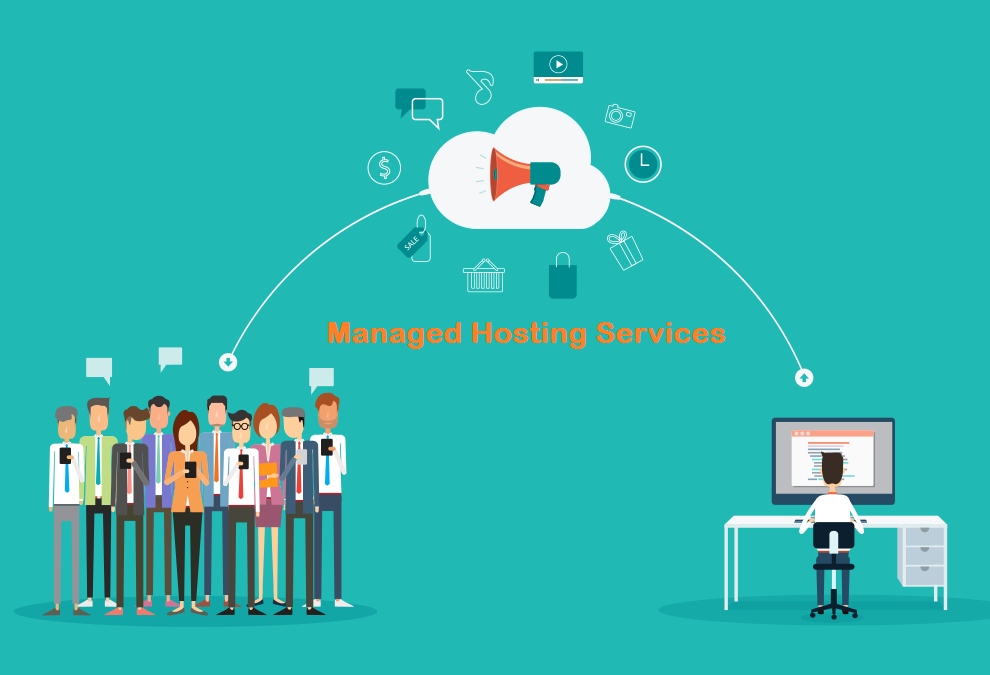Many businesses in the greater Boston area have found that outsourcing their IT support makes sense. When outsourcing, an organization looks to build a trusted partnership with a managed services provider who will then work with the company to take on IT-related tasks that the company doesn’t have the resources or budget to do in house.
Of course, it’s not just Boston businesses that are turning to this model. Thousands of organizations outside of Massachusetts rely on this service as well. Take a look at four reasons why outsourcing your IT support makes sense:












